Description
Leek Giant DInverno
Leek Giant DInverno . A large Italian, improved giant winter leek for late season use producing huge long white stems with a small bulb, blue-green tops and excellent flavour. Extremely hardy it will withstand the harshest winters and crop through to early spring. 120 days. (120 days)
Cultivation advice
- Use well-draining soil rich in organic matter. Leeks prefer a slightly acidic to neutral soil with a pH between 6.0 and 7.5.
- Start seeds indoors 10-12 weeks before the last expected frost. Transplant seedlings outdoors when they are about 8-10 inches tall.
- Space ‘Giant Winter’ leeks about 6 inches apart in rows with a spacing of 12-18 inches.
- Keep the soil consistently moist, especially during dry spells. Leeks prefer regular watering to ensure proper growth.
- Provide a balanced fertilizer at planting and when leeks are about halfway to maturity. Leeks generally benefit from regular, light feedings.
- As leeks grow, you can gradually hill soil around the base to blanch the lower portion of the stems. This contributes to a milder flavor and more tender texture.
- ‘Giant Winter’ leeks are known for their ability to withstand cold temperatures. They can be left in the ground well into the winter months in some regions.
- Harvest leeks when they reach the desired size. They can be harvested young for a milder taste or left to mature for a stronger flavor. Use a fork or gently pull to harvest.
- Store harvested leeks in a cool, dark place. Trim the roots and remove damaged outer leaves before storing. ‘Giant Winter’ leeks are known for their good storage qualities.
- Apply a layer of mulch around leek plants to conserve moisture, suppress weeds, and provide some insulation during colder temperatures.
- While no plant is completely immune, ‘Giant Winter’ leeks are often resistant to certain diseases. Still, practice good garden hygiene and crop rotation to minimize the risk of diseases.
- In areas with strong winds, consider staking or supporting the leek plants to prevent bending or breakage.
- Plant ‘Giant Winter’ leeks alongside other vegetables that complement their growth, such as carrots, celery, and onions.
- If you wish to save seeds, allow some leeks to bolt and produce flowers. Collect the seeds once the flower heads have dried.
- Consider planting ‘Giant Winter’ leeks in the fall for overwintering. This can result in larger and more flavorful leeks.
- Consider providing a phosphorus-rich fertilizer in late summer to promote bulb development and overall plant health.
- Keep the area around the leek plants free of weeds to reduce competition for nutrients and water.
- Trim any damaged or yellowing leaves throughout the growing season to encourage the plant’s energy to focus on bulb development.
- Ensure consistent moisture throughout the growing season, especially during dry spells. Adequate water is crucial for the development of well-formed leeks.
- Monitor for common leek pests such as aphids and onion maggots. Use organic insecticides if necessary, and consider introducing beneficial insects like ladybugs.
- While leeks prefer full sun, ‘Giant Winter’ leeks can tolerate partial shade. However, providing as much sunlight as possible will contribute to robust growth.
- If you plan to store leeks for an extended period, consider harvesting them just before the first hard frost. This can enhance their storage capabilities.
- Rotate leeks with other crops each season to minimize the risk of soil-borne diseases and pests.
- Integrate pest-resistant companion plants like marigolds or garlic around your leek beds to help deter pests.
- Maintain a gardening journal to record planting dates, growth patterns, and any challenges faced. This information can be valuable for future seasons.

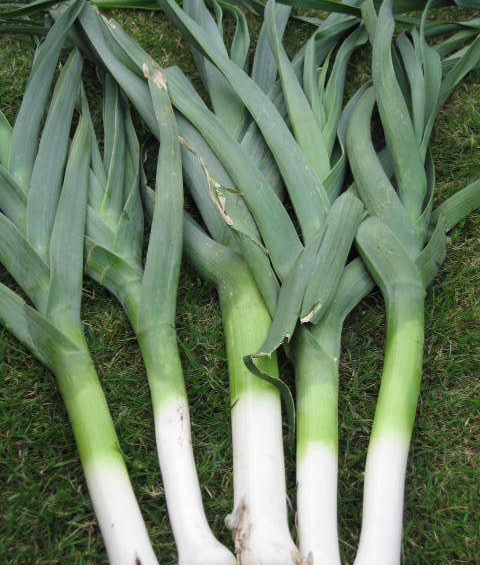
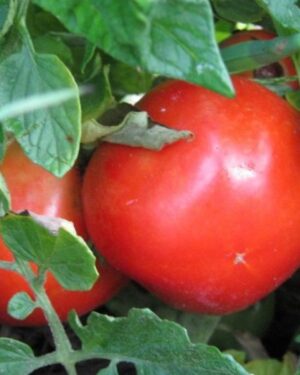


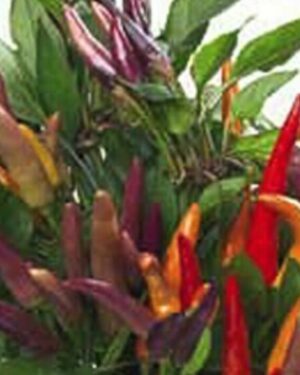
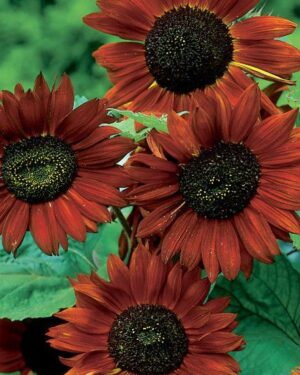
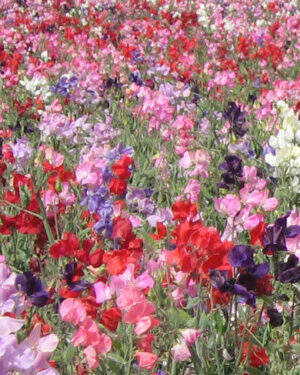

Reviews
There are no reviews yet.